Australian Employment Policy's Effect on International Students' Jobs
VerifiedAdded on 2021/04/24
|7
|1170
|117
Report
AI Summary
This report investigates the impact of Australia's employment policy on international students' job opportunities. It begins by outlining the policy, which limits international students with valid visas to a maximum of 20 working hours per week, with no restrictions during vacations. The study highlights that this policy has led to job inconveniences, as employers are hesitant to hire students due to inconsistent labor supply, and that it has also resulted in a scarcity of job opportunities and a mismatch between job requirements and student labor provision. The research aims to determine the impact of this policy on international students' job prospects, outlining the policy, identifying the formulating body, determining available jobs and their requirements, and assessing the policy's effects. The report will utilize both primary data, through interviews and questionnaires, and secondary data from government websites, academic journals, and scholarly articles. The data analysis will employ text analysis, including data transcription, organization, interpretation, and conclusion. The research timeline spans several weeks, covering objectives, protocol design, data collection, transcription, analysis, and report preparation. The findings aim to reveal the extent to which the employment policy is affecting the choices of international students considering Australian higher education.
1 out of 7
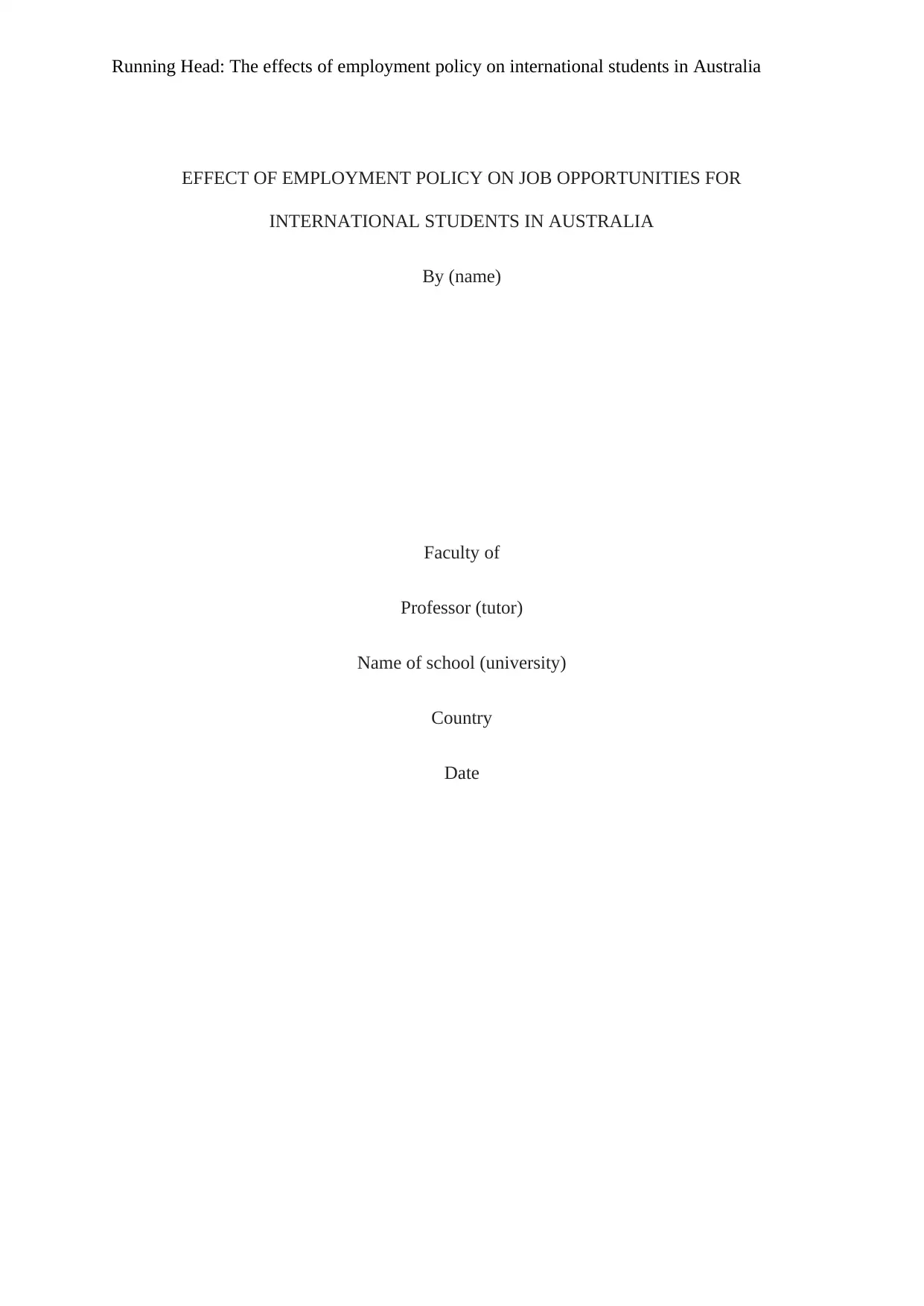
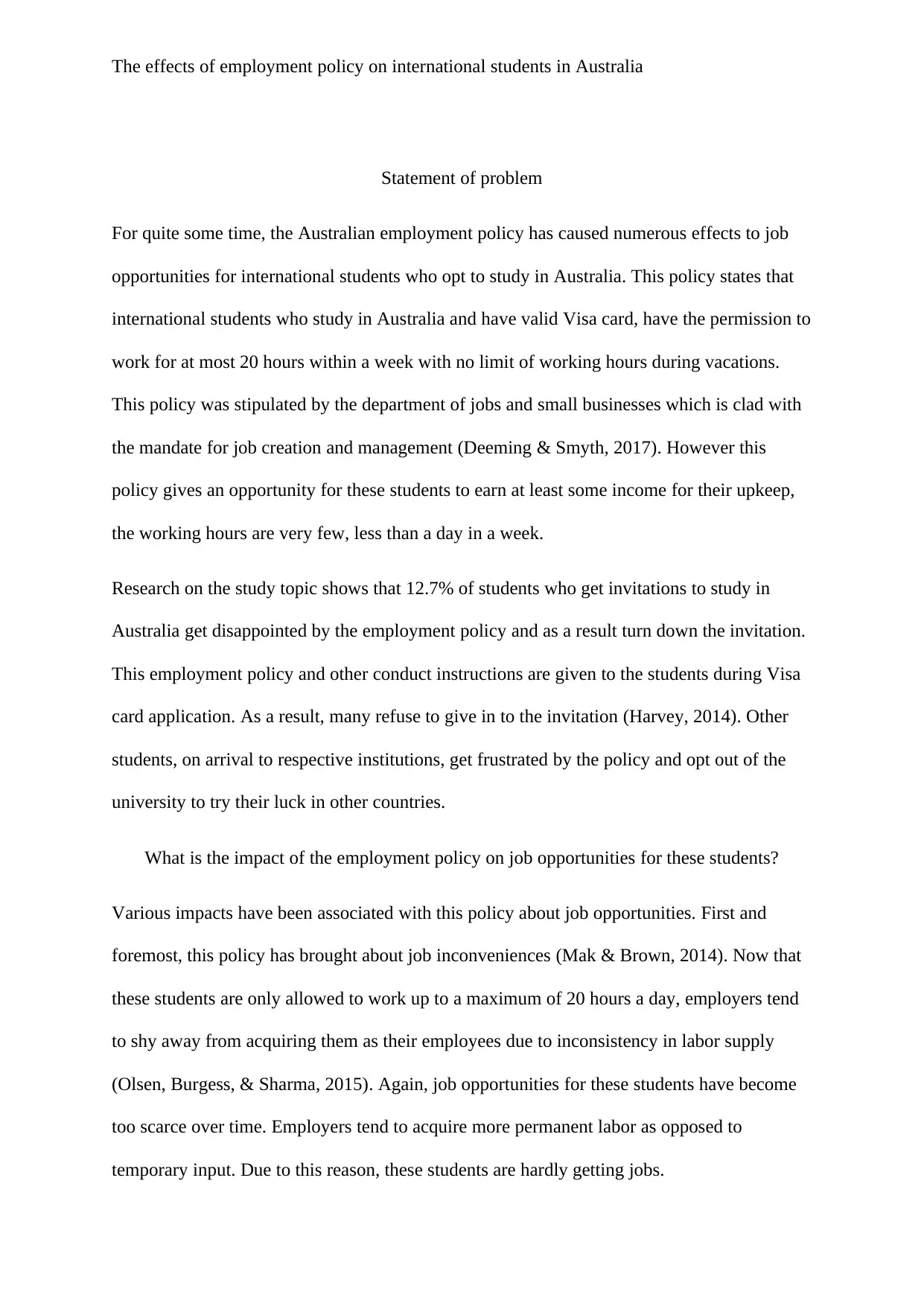
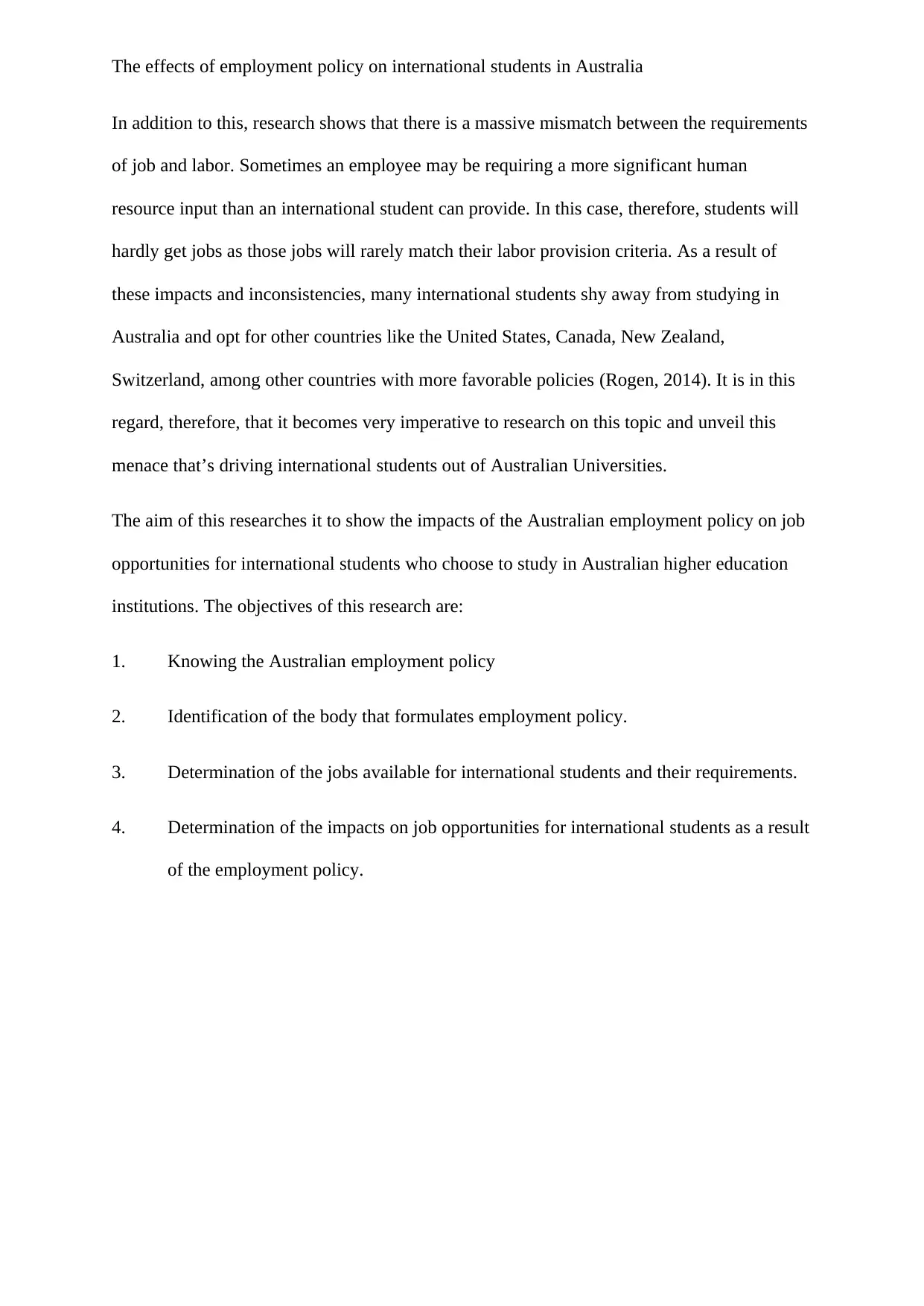

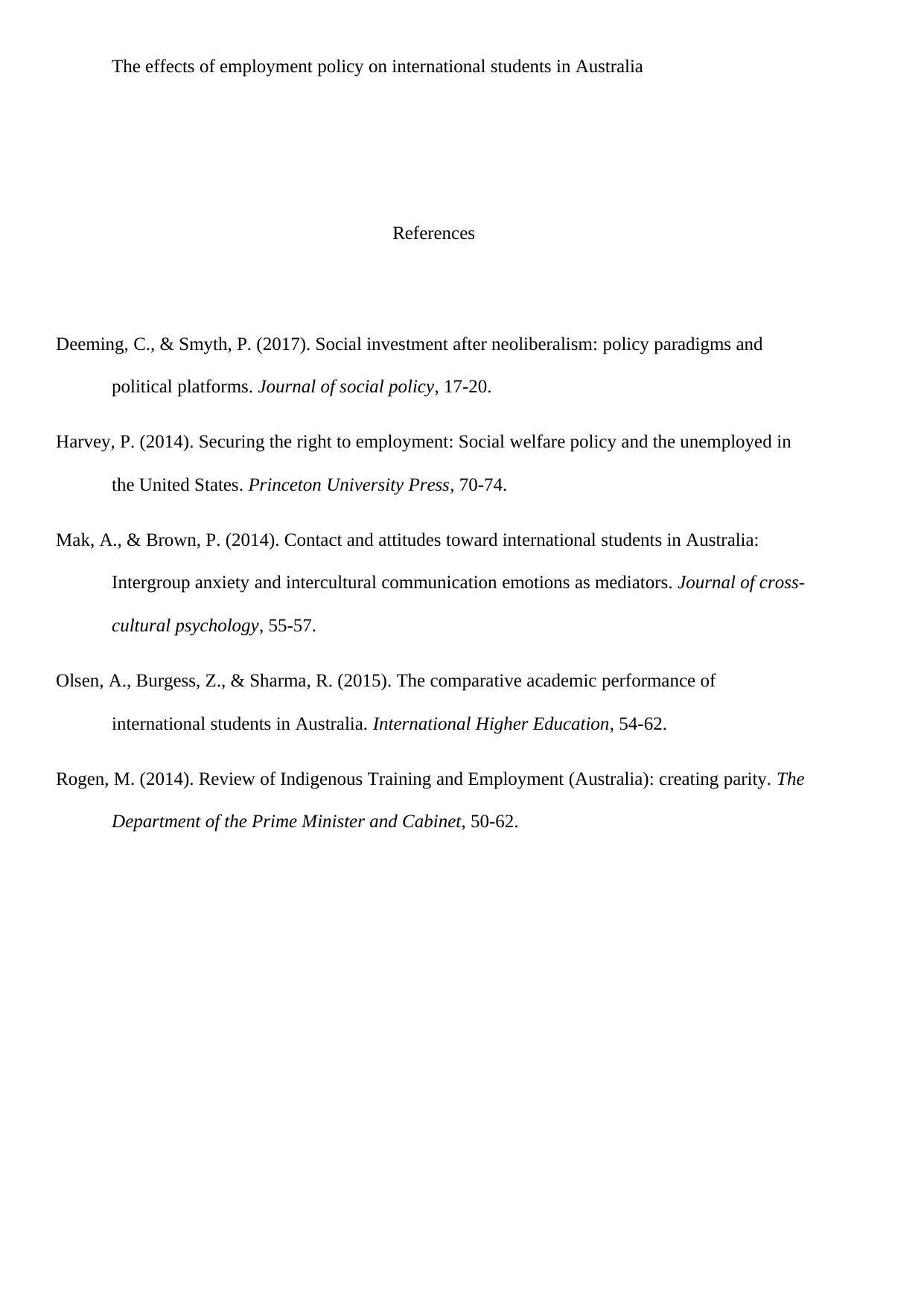
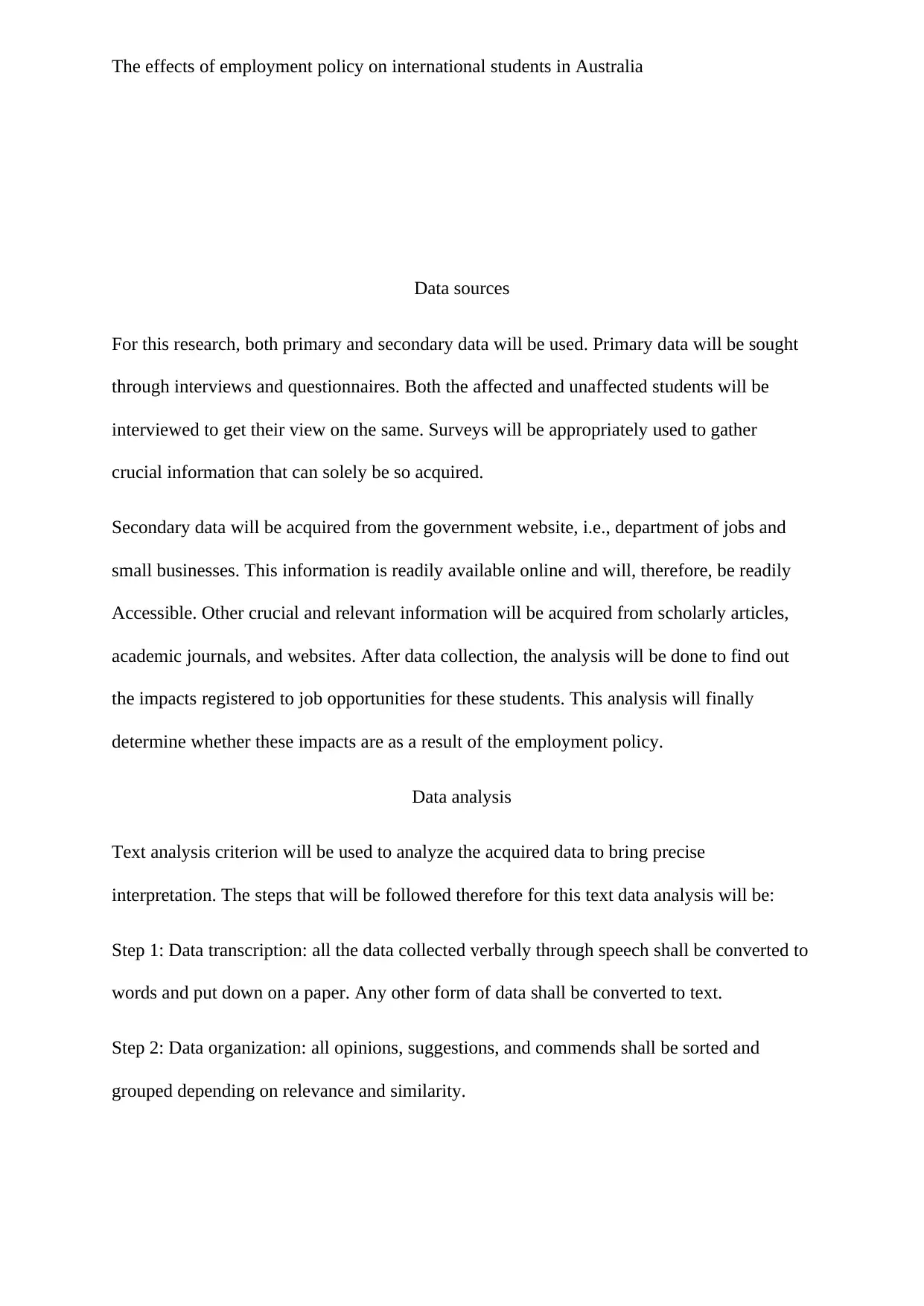
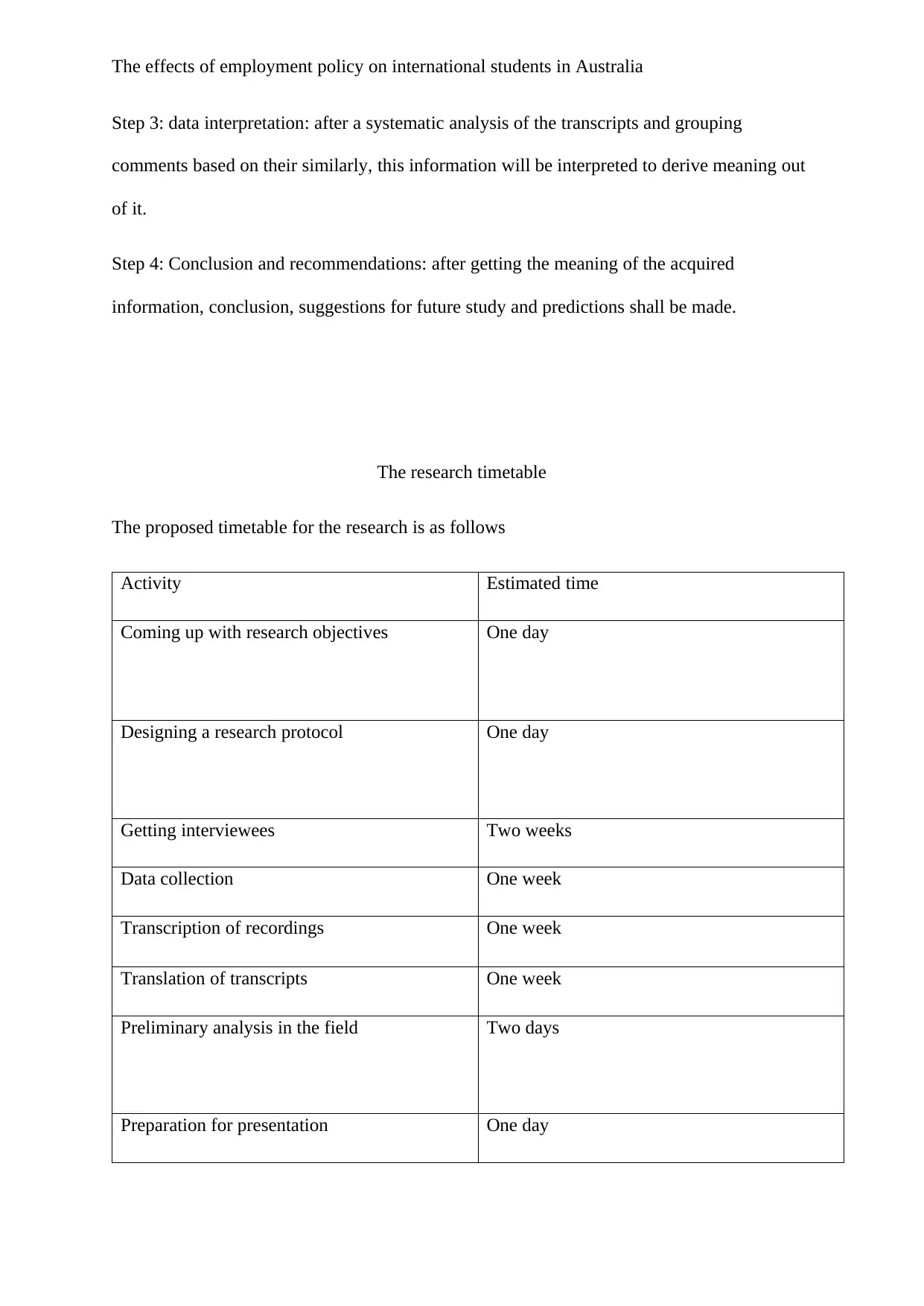
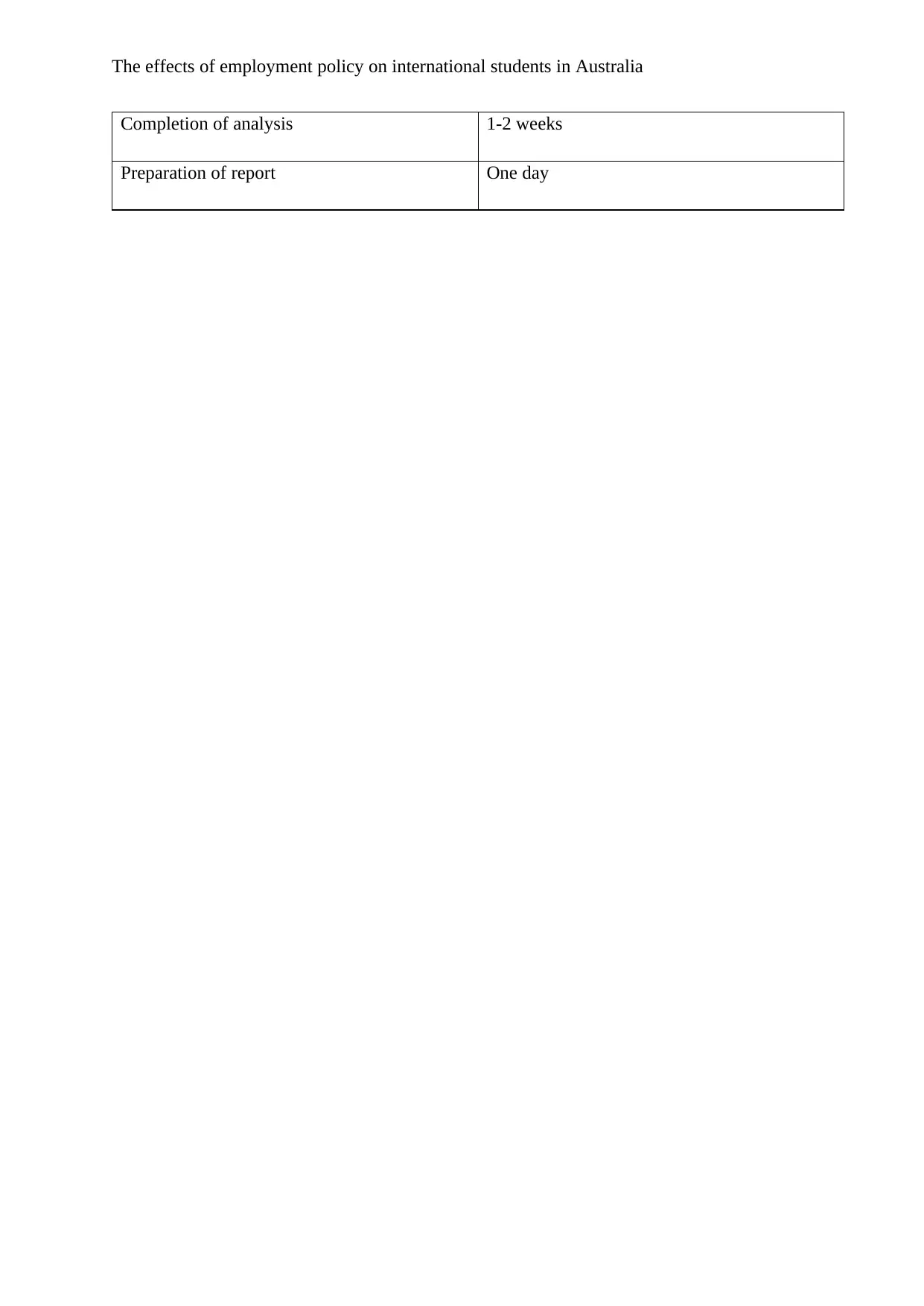






![[object Object]](/_next/static/media/star-bottom.7253800d.svg)